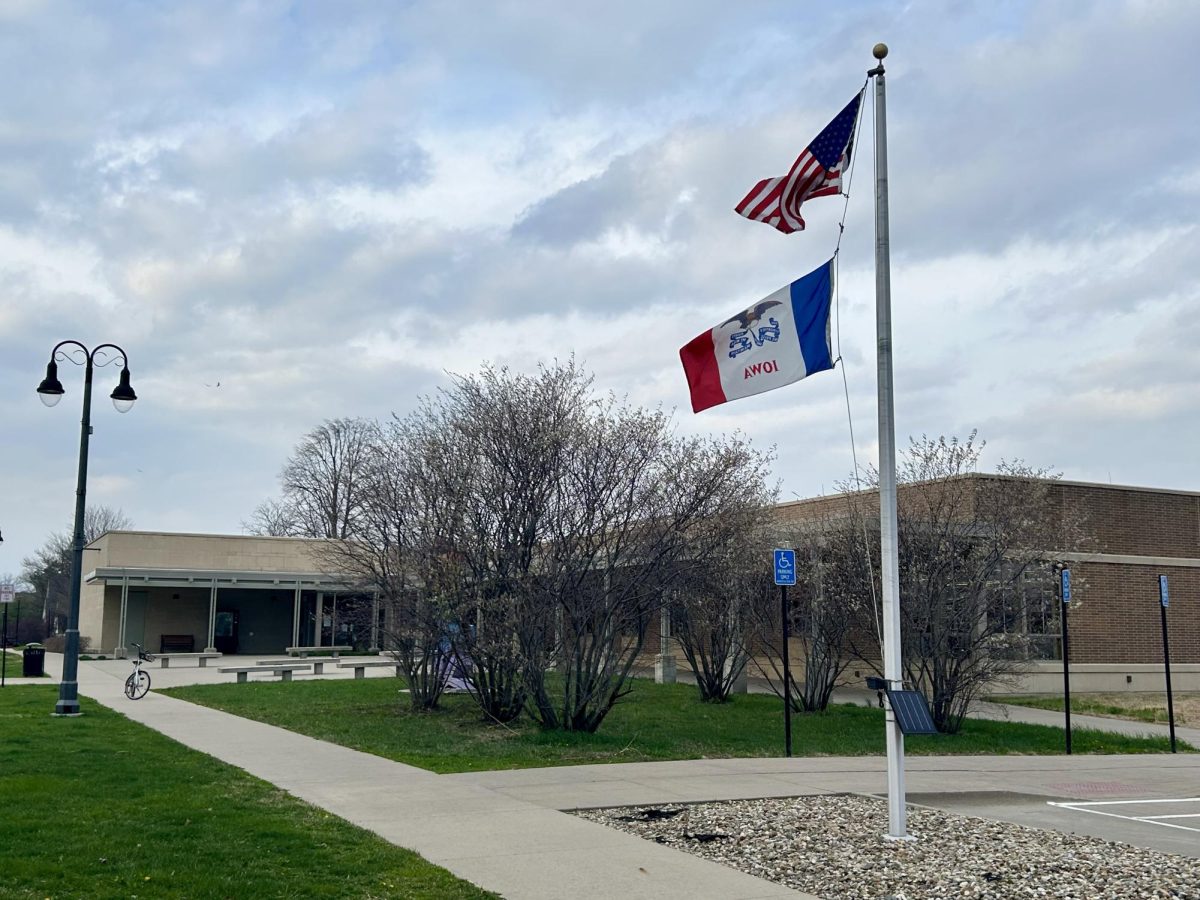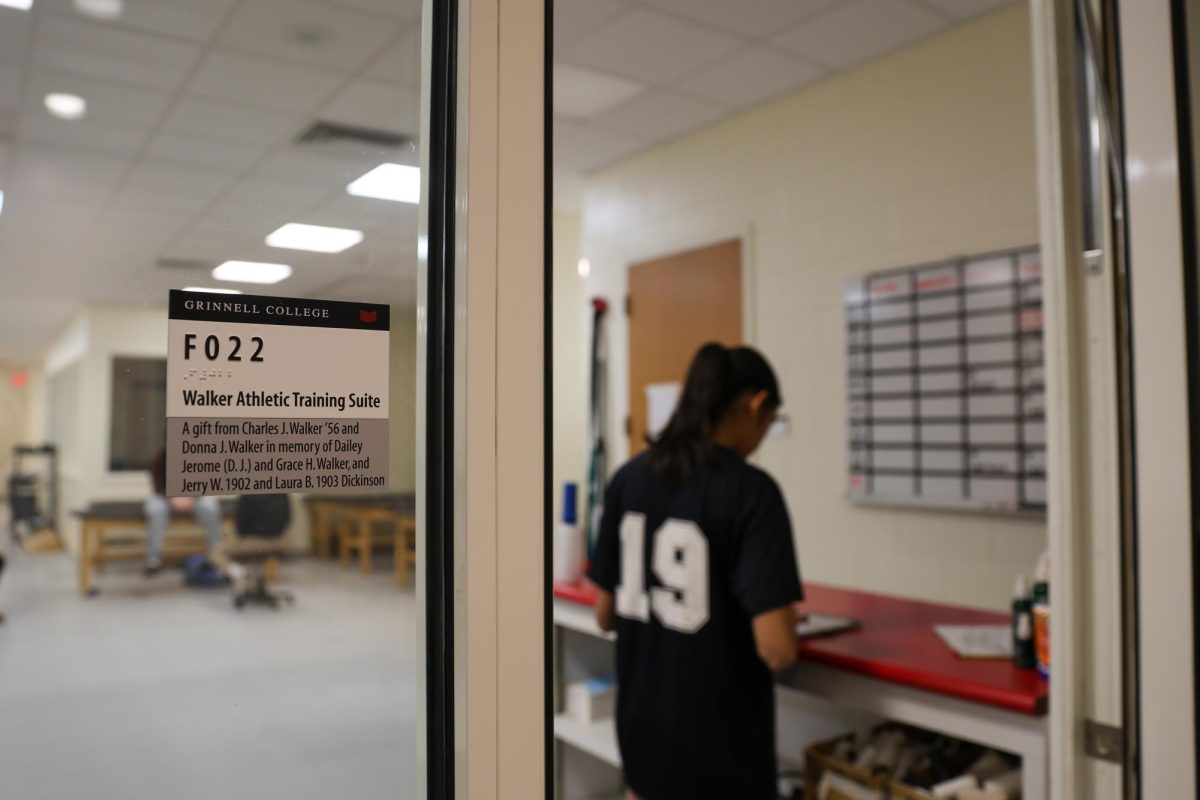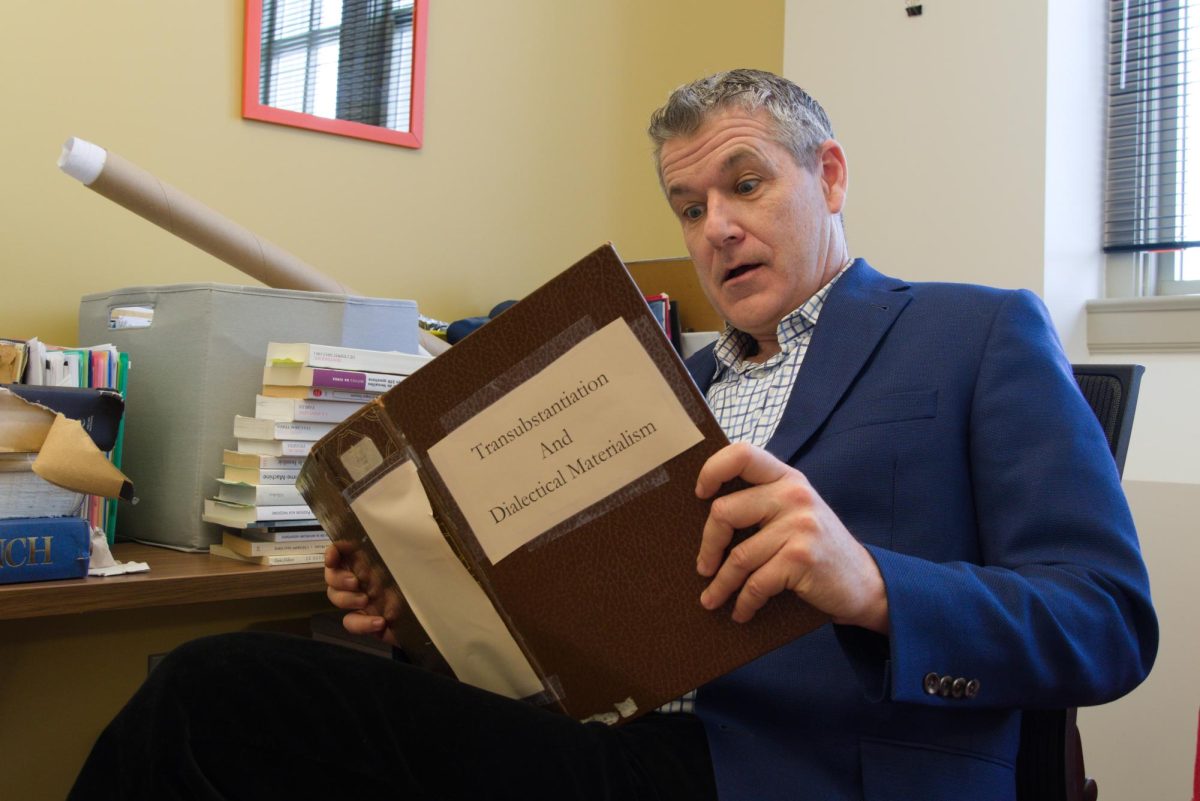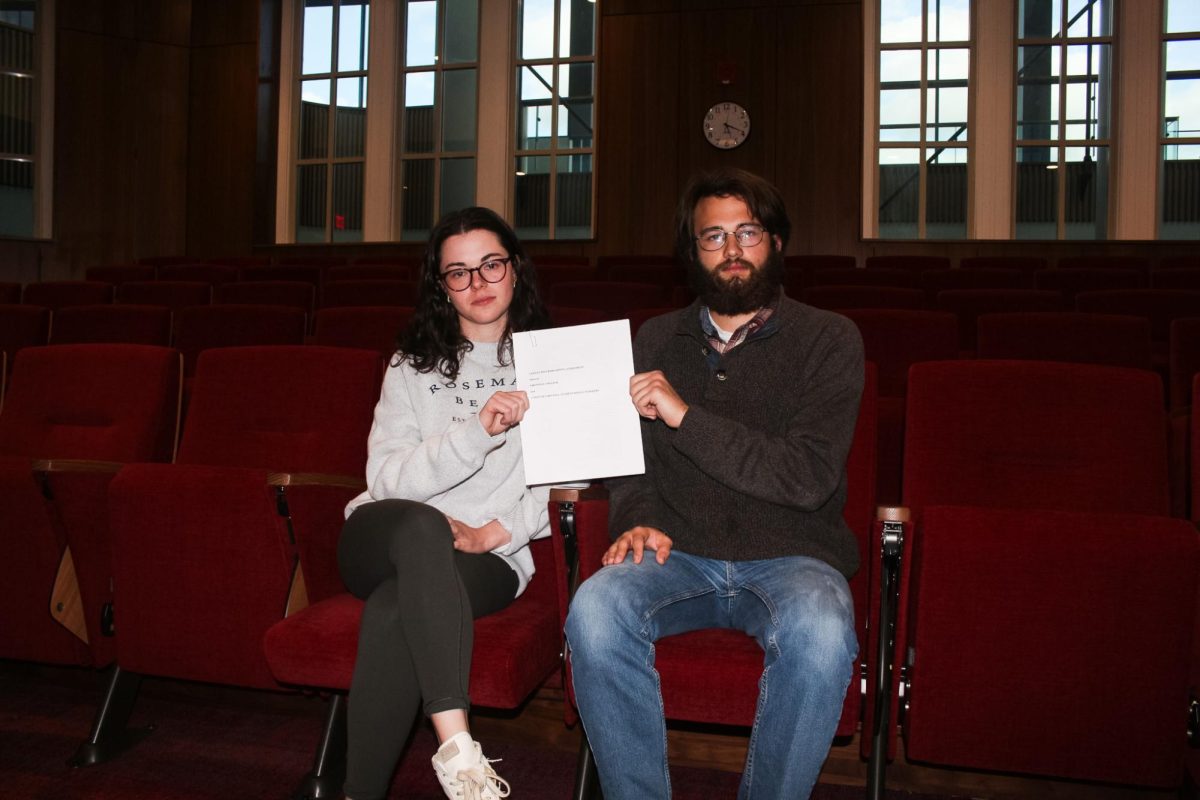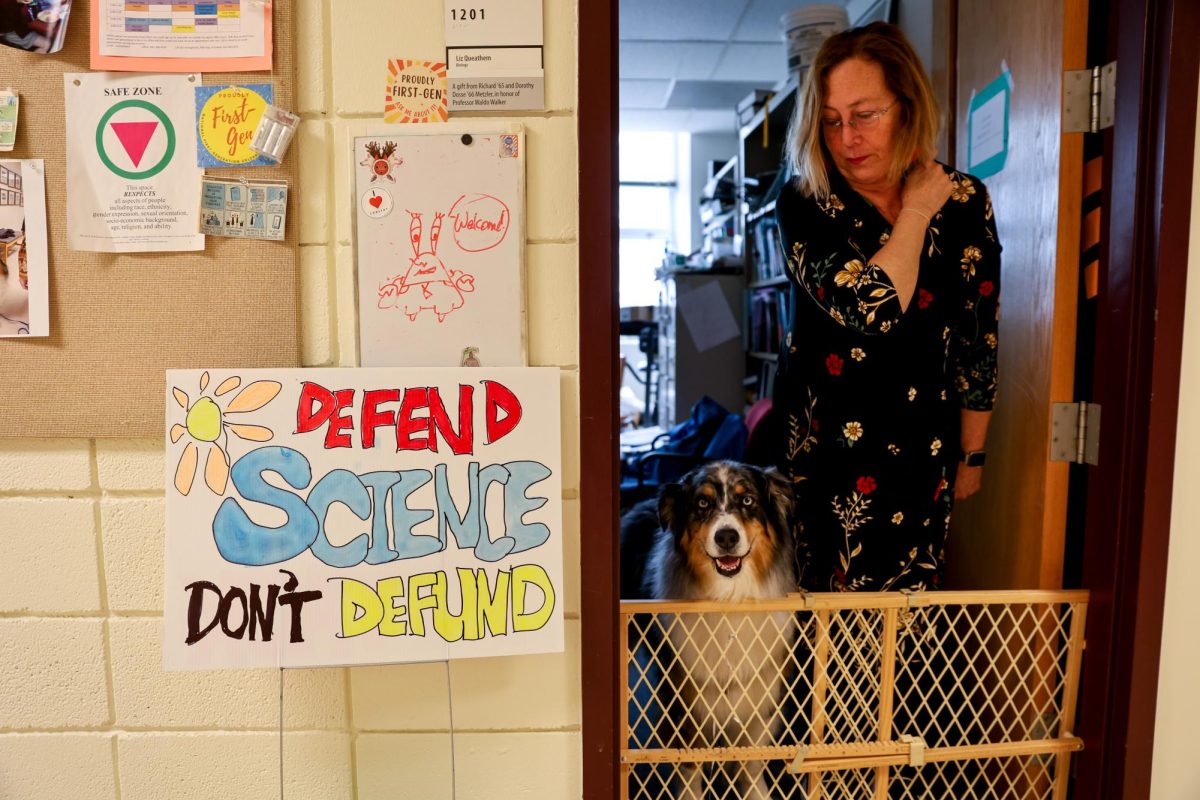
The Board of Trustees’ winter meeting concluded on Feb. 9 of 2019, and on March 14, the College sent out a brief summary of the meeting via email to all enrolled students. One item on the summary, the lengthiest within the list of bullet-point items under the “Information” heading, is entitled “Accreditation Update.” This update describes the release of the College’s 2019 accreditation review to the trustees and notes that the review flagged “nature of learning assessment” for additional attention from the school.
Grinnell College is reviewed for accreditation every 10 years by the Higher Learning Commission (HLC), an agency headquartered in Chicago that reviews institutions in the North Central United States. The HLC reviews Grinnell on an “open pathway” model, which bases the review on five major criteria: mission, integrity, resources for teaching and learning, assessment and institutional planning. These five categories contain 21 core criteria, 20 of which Grinnell was evaluated to have met, with learning assessment the only component requiring attention, according to the HLC. Learning assessment falls within the “assessment” category, which evaluates whether the institution under review has assessment systems in place that are capable of telling the school whether it is achieving its goals.
In their evaluation, the HLC determined that the College met the learning assessment criterion, but marked it as met “with concerns.” This means that the College will now begin finding ways to improve performance in that category, and in four years, the HLC will perform a reevaluation to see if the nature of learning assessment has improved suitably.
According to Vice-President for Academic Affairs and Dean of the College Mike Latham, the HLC’s comments regarding learning assessment focused on the “process of direct assessment, the process by which an institution determines the extent to which its students are acquiring the expected skills for a given major.
This kind of assessment, Latham said, has four parts. The first involves designing a set of learning goals for a given major, which define what the institution wants the students in that major to be able to do after completing their coursework. The second part involves a review of the curriculum to find places where those skills are being taught, and the third part consists of determining how to measure whether or not students are meeting learning goals for their major. For the fourth and final part, the institution evaluates how students are or are not meeting their learning goals, and then examines the reasons why that might be happening.
“If we find, perhaps, that there are some goals that [students] do really well on and others they aren’t as strong on, then we take that information, look back at our curriculum, and figure out what we need to improve or adjust,” Latham said.
Latham said that some departments at the College already have their own forms of direct assessment — for example, certain departments have, in the past, collected papers from graduating students and evaluated them on a rubric to determine whether those students had achieved the expected set of skills and knowledge. However, this kind of assessment happens unevenly across all academic departments, resulting in the HLC marking the learning assessment criterion as met with concerns.
Currently, an assessment committee composed of faculty members is working with the Dean’s Office and the Center for Teaching, Learning, and Assessment to improve direct assessment across the College. The committee will collaborate with each individual department to create a template for designing a direct assessment model appropriate for that department. The College may also bring in external specialists to assist in the process.





